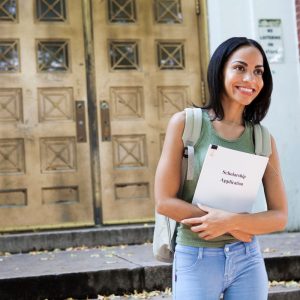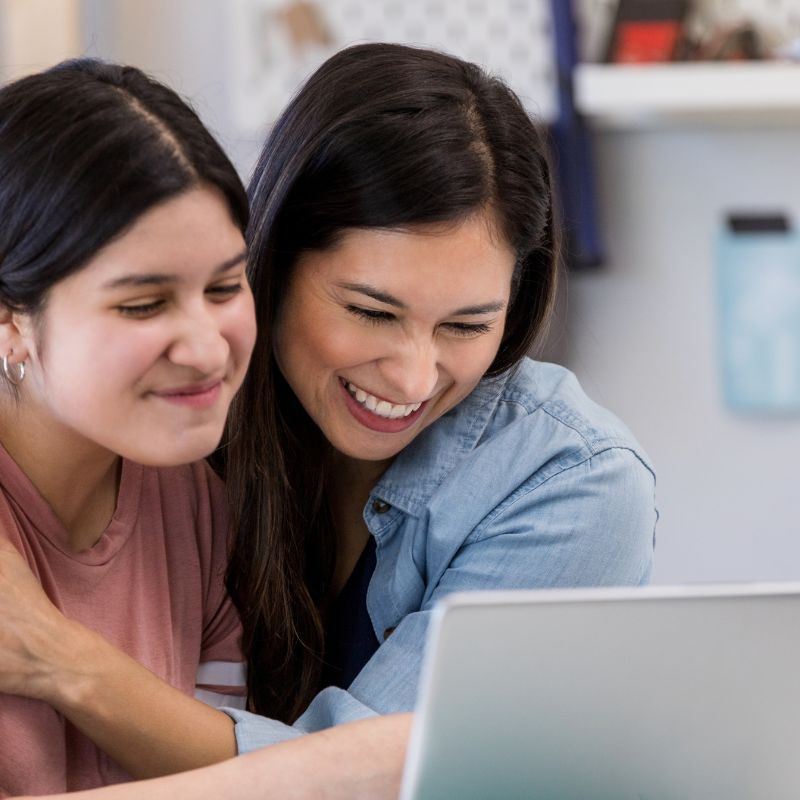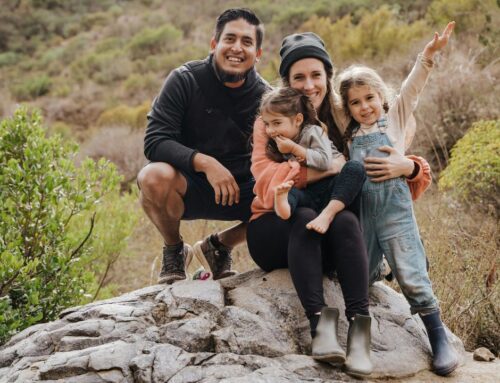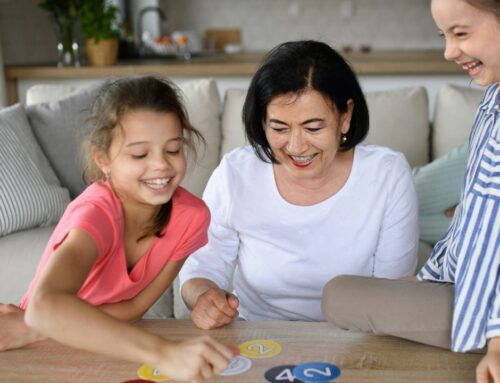 Three SelfDesign learners won four BC Ministry of Education and Child Care scholarships last year, and seven won them in 2021. These young people are among more than 400 learners from B.C.’s independent school authorities and among some 5,500 students across the province who are recognized with scholarships each year.
Three SelfDesign learners won four BC Ministry of Education and Child Care scholarships last year, and seven won them in 2021. These young people are among more than 400 learners from B.C.’s independent school authorities and among some 5,500 students across the province who are recognized with scholarships each year.
The $1,250 School District/Authority Scholarship can be used to help pay for tuition at any recognized college, university or trade school up to five years after being awarded.
“This scholarship is a really good fit for our learners and we’ve typically had really good success with it” says SelfDesign Guidance Team lead Ruby Payne. “And that’s because it’s a passion-based award, it’s not based on marks. The scholarship adjudicators want to see excellence in your chosen area. If you’re really great at mechanics or cooking or volunteering, you could get a scholarship for that.”
But Ruby says the benefits of applying for this and other provincial scholarships extend beyond the opportunity to receive financial assistance with studies after learners complete grade 12.
“The scholarship application process itself can be really useful experience that learners can apply to other aspects of their lives after grade 12,” she says. “Even if they aren’t successful with the scholarship, applying allows learners to focus on articulating their passions, interests and strengths in ways that they can use in resumés, job interviews, and post-secondary applications, for example.”
 Three-part application process (and benefits beyond possible scholarships)
Three-part application process (and benefits beyond possible scholarships)
The School District/Authority Scholarship applications themselves consist generally of three parts.
The online application form is a pretty standard form, Ruby says. “For that reason alone, applying is a worthwhile exercise. Learners may be able to apply the wording they use here for other scholarships and in their job applications.”
Learners are also asked to obtain letters of reference from their learning consultant and their learning specialists. They also need a reference letter from their teacher or mentor in the area they’re applying under. For example, if a learner is applying for a scholarship for excellence in piano, their piano teacher would be a good person to ask for a reference letter. If a learner is applying under the Community Service category, whoever facilitates their volunteer participation would write a letter supporting that.
“Learners have to pull those things together, which – again – is really valuable because the letters can be reused for college or job applications,” Ruby says.
The third, and most critical, component of the application is the portfolio. This is where applicants demonstrate how they excel in the area of interest they’re applying under.
 Scholarship portfolios consolidate learner experience gained with online learning portfolios
Scholarship portfolios consolidate learner experience gained with online learning portfolios
“With the portfolio,” Ruby says, “learners need to exercise their critical judgment on what to include and how to describe and frame each element so that it best emphasizes their competency in the area of interest they’re applying under. The more effort a learner puts into building the portfolio, the more likely their application will be successful.”
SelfDesign learners will find that the considerations, reflection and skills that go into building their scholarship portfolios are the same as they’ve been practising for three years with their online learning portfolios required for their regular schoolwork. In grades 10 to 12, learners in SelfDesign Learning Community put together an online portfolio for every theme and course they participate in to showcase their learning and growth.
“The online learning portfolios are an integral part of the learning experience for our learners and families,” says Educational Program team lead Janice Green. “They are a key tool for documenting learning and how a learner is progressing towards meeting the goals outlined in their personalized learning plan.”
Each learner contributes to a portfolio that showcases and celebrates their own learning and achievements throughout the year.
Much like the online learning portfolio, the portfolio required for a School District/Authority scholarship application is about “curating competency and demonstrating and articulating it for an audience – in this case, scholarship adjudicators,” Ruby says. “In their grade 10 to 12 learning portfolios, learners need to be able to articulate the learning that came from the project and to talk about what they gained, what their process was, and what they now feel like they understand or can do. It’s really about applying those same curation skills to the scholarship portfolio and being able to talk about the things that you’re passionate about and to articulate what you are capable of doing.”
 Diverse scholarship opportunities available
Diverse scholarship opportunities available
The SelfDesign Guidance team administers only the BC Ministry of Education scholarships, which include the School District/Authority Scholarship. However, they share information about scholarships, bursaries, financial aid, and other post-secondary funding programs generally in our online Guidance Centre, our Learning Experience Library and our Family Resources virtual brochure rack.
Our approach to learning at SelfDesign may differ from that of many schools in B.C., but our learners finish grade 12 with the same credentials and opportunities as other students graduating from high school in the province do. Ruby says, “Families have told me they are really happy that their learners who are finishing grade 12 with SelfDesign® Learning Community have the same opportunities to get these scholarships as students at other schools do.”
Find out more about B.C.’s School District/Authority Scholarship
Read more about this passion-based scholarship and how our Guidance team supports applicants
Read about some of our previous School District/Authority Scholarship winners here, here, here and here
Learn how SelfDesign Learning Community sets learners up for success







